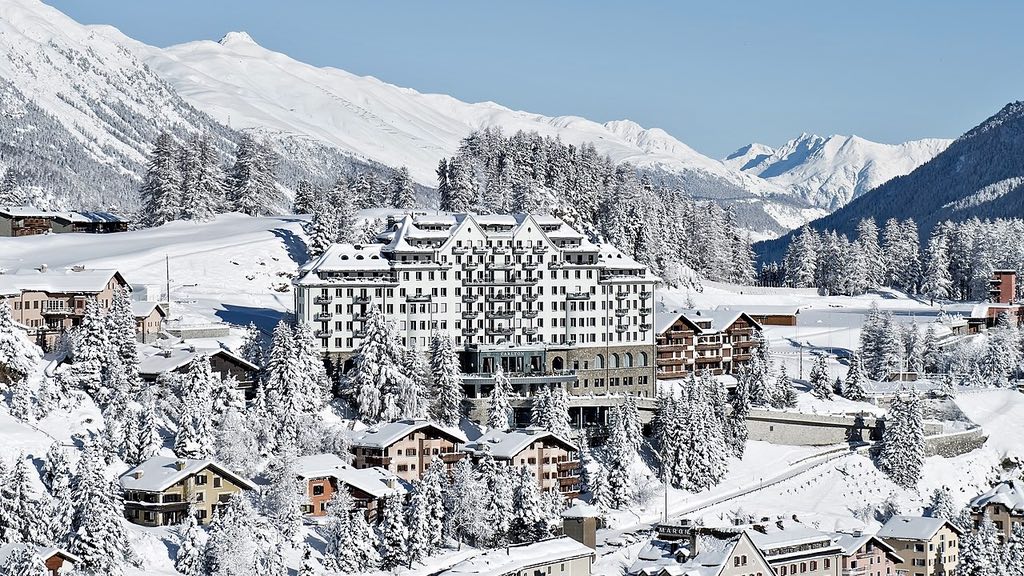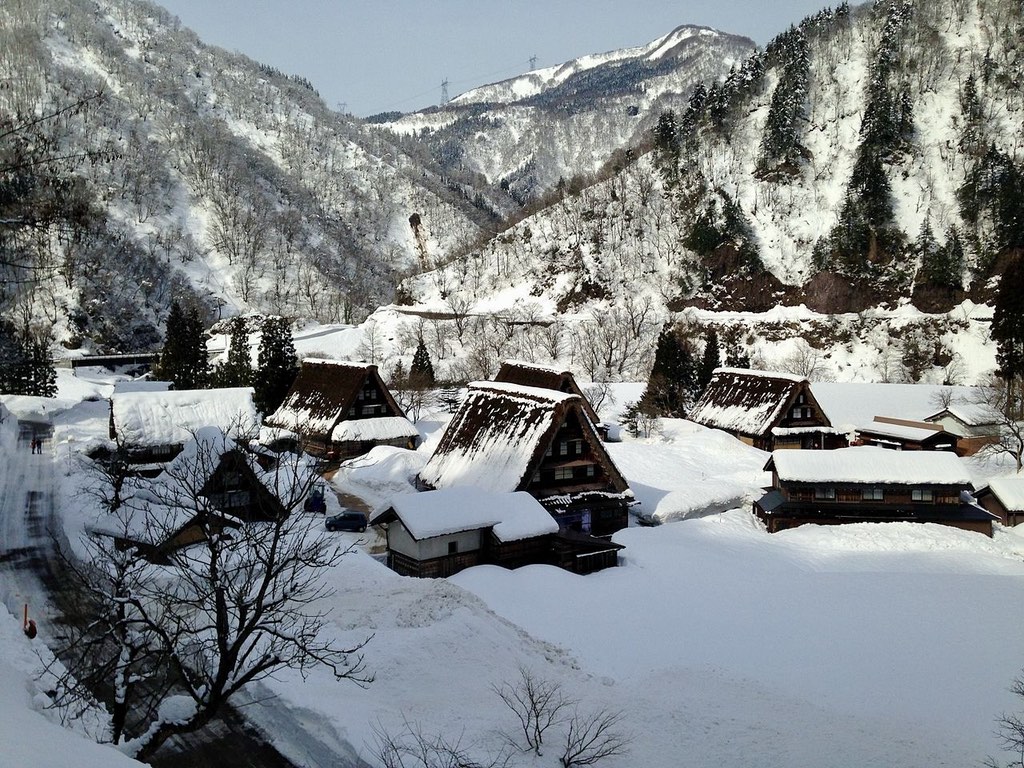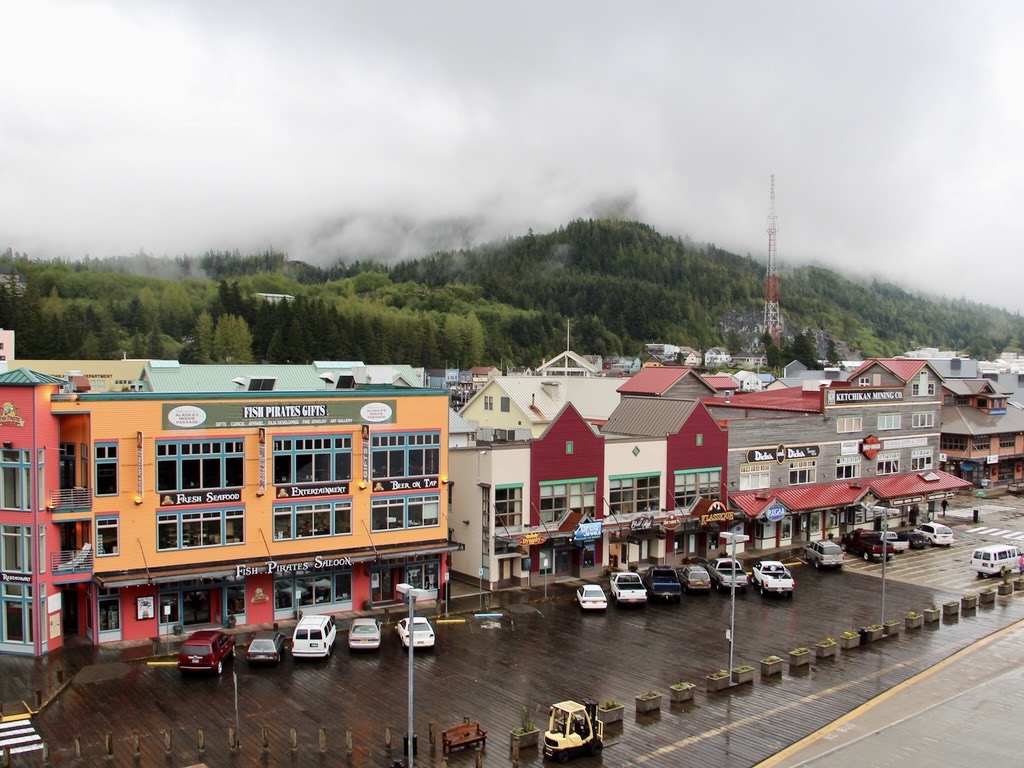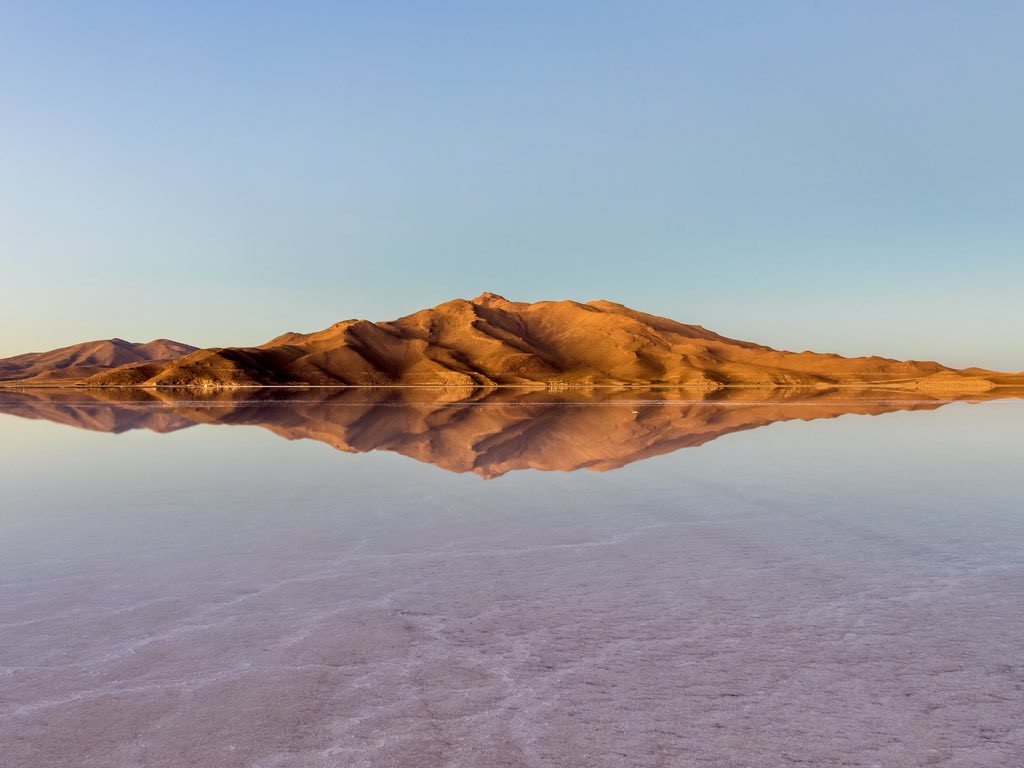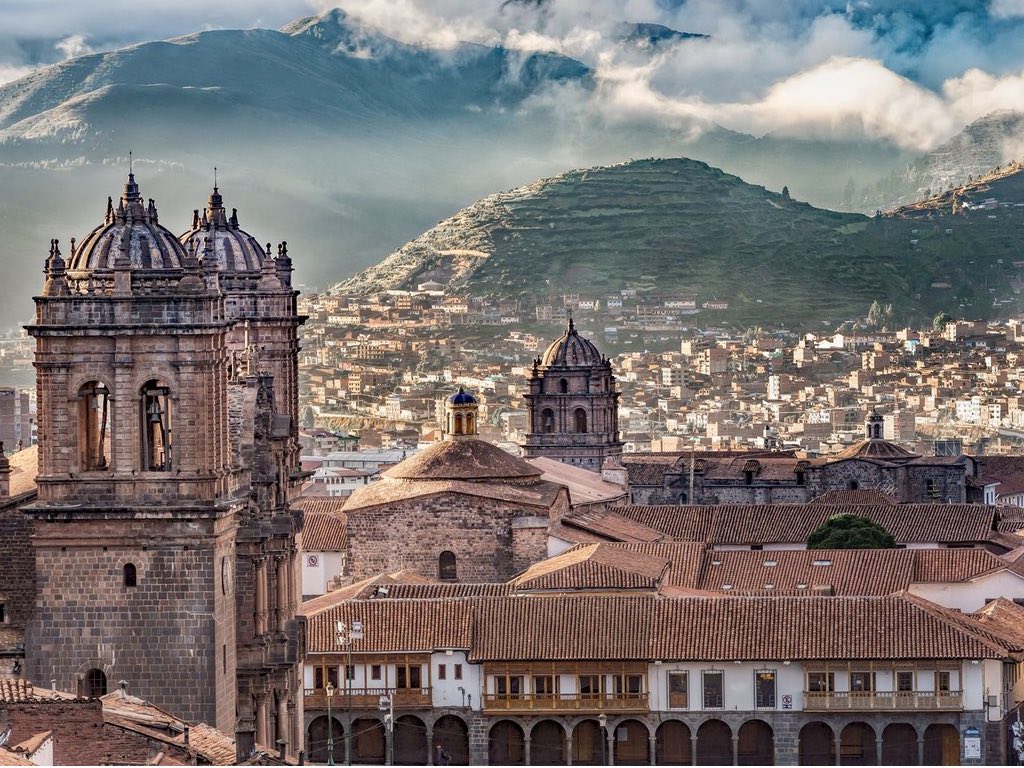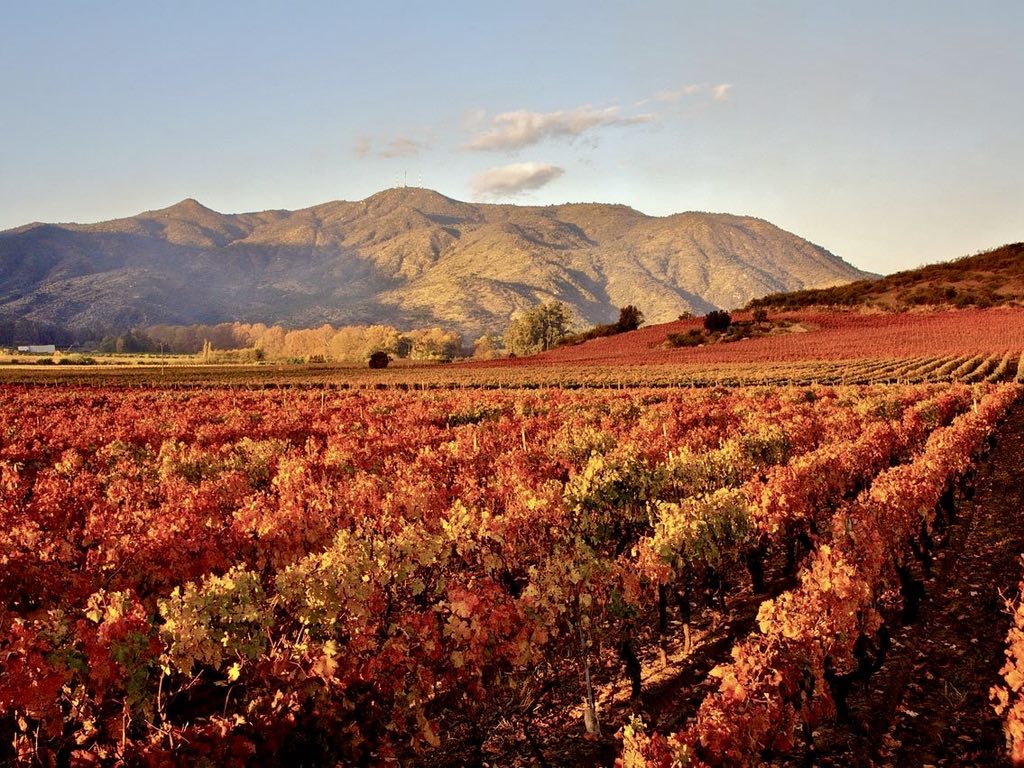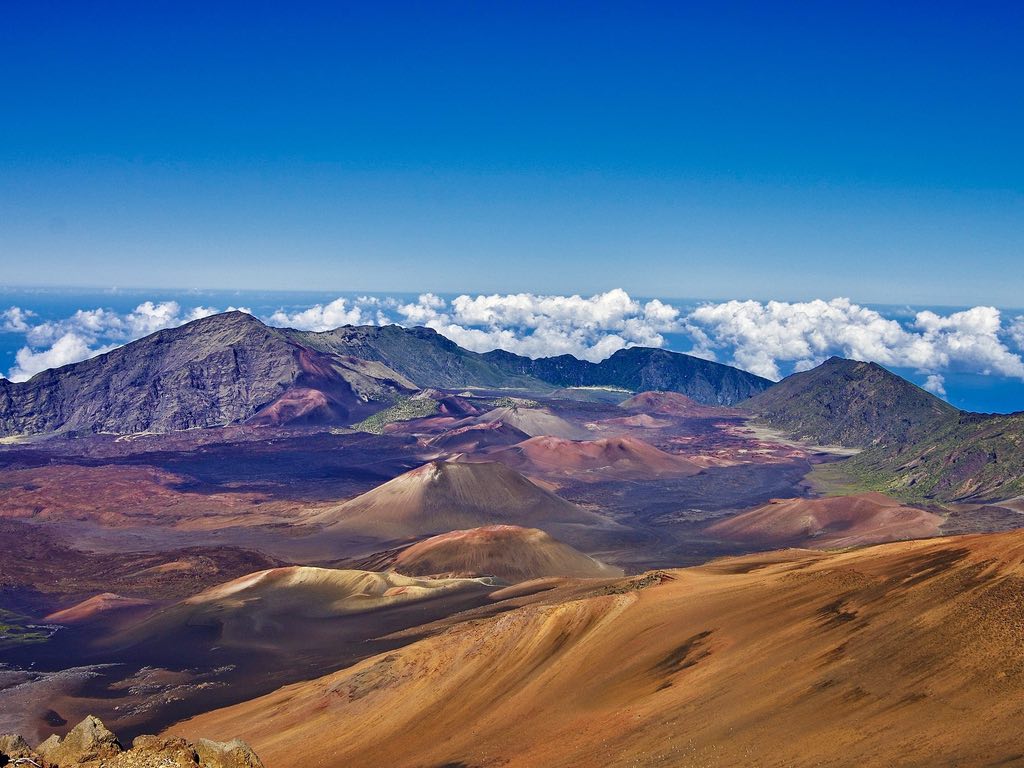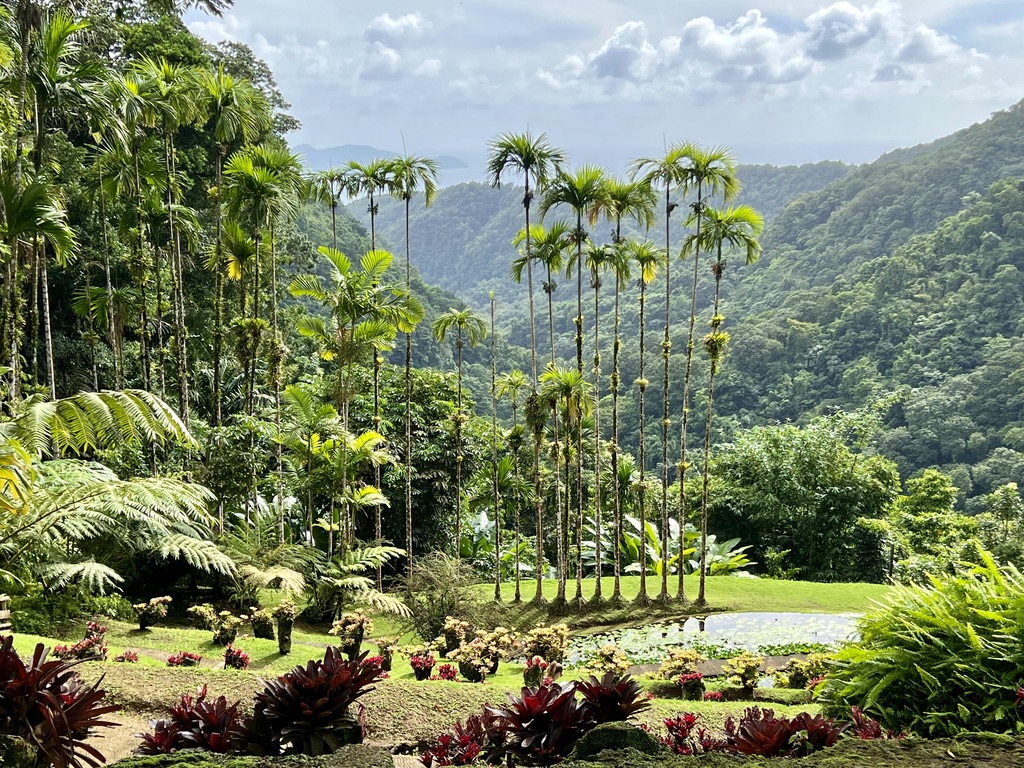The allure of azure waters, whispering palm fronds, and the gentle caress of the sea breeze is universally appealing. Islands have always been a symbol of escape, a slice of paradise away from the crowded hustle of mainland life. Popular islands such as Bali, Santorini, or the Maldives receive waves of tourists year after year, drawn to their world-renowned beauty. But beyond these renowned paradises, lie hidden gems that remain relatively untouched, exuding a charm that’s distinctly their own. These lesser-known islands, far from the pages of mainstream travel brochures, offer travelers a chance to truly disconnect, experience authentic cultures, and immerse in unparalleled natural wonders.
In this journey, we invite you to step off the beaten path and venture into the unknown – to islands that retain the pristine beauty and raw magic which many of their popular counterparts have lost. From the coral wonders of the Pacific to the biodiversity of the Gulf of Guinea, these islands promise stories waiting to be told and memories waiting to be made.
Aitutaki, Cook Islands

Picture a lagoon so crystal-clear that you can see the coral formations just by skimming the water’s surface with your gaze. Surround this with fifteen islets, or “motus”, each more beautiful than the last, and you have Aitutaki – a heart-shaped wonder nestled in the vastness of the Pacific.
Overview:
Often overshadowed by its sister island, Rarotonga, Aitutaki stands as the Cook Islands’ hidden jewel. Spanning just about 18 square kilometers, its size belies the wealth of experiences it offers. From snorkeling in its coral-rich waters to embarking on traditional Polynesian canoe voyages, Aitutaki beckons the intrepid traveler with adventures both on and off its shores.
Unique Feature – Tapuaetai (One Foot Island):
Arguably one of the most scenic spots in the South Pacific, Tapuaetai, fondly known as One Foot Island, is a small islet located within Aitutaki’s lagoon. A trip here is like stepping into a postcard, with powdery white sand meeting azure waters, creating panoramas that stay etched in memory. Apart from its surreal beauty, One Foot Island also houses a quirky post office, where travelers can send postcards stamped with one of the world’s most remote postal marks.
Culture & History:
Aitutaki’s history is deeply intertwined with Polynesian seafarers. Legends speak of Ru, the Polynesian explorer who sailed from Avaiki, the ancestral homeland, discovering Aitutaki in the process. Today, the islanders’ pride in their Polynesian heritage shines through. Traditional dances, melodious songs, and vibrant performances bring alive tales of old, offering visitors a glimpse into the island’s rich cultural tapestry. The churches on the island, with their impressive coral-made structures, further tell tales of the missionaries who once graced its shores.
Travel Tip:
For those seeking solitude, consider visiting during the shoulder season. The weather remains pleasant, and the lagoon’s waters are calmer, perfect for those boat trips to the neighboring islets.
São Tomé and Príncipe, West Africa

Emerging from the shimmering waters of the Gulf of Guinea, São Tomé and Príncipe, a twin-island nation, is an Eden of biodiversity, resonant with the songs of exotic birds and the whispers of ancient rainforests.
Overview:
While Africa is famed for its vast savannahs and iconic wildlife, São Tomé and Príncipe showcases a different side of the continent. Made up of two main islands (São Tomé and Príncipe) and several smaller islets, this equatorial paradise boasts a diverse ecosystem with many species that cannot be found anywhere else on Earth. The islands’ volcanic origins have given rise to dramatic landscapes, complete with soaring peaks, serene beaches, and luxuriant jungles.
Unique Feature – Cocoa Plantations:
Once the world’s largest cocoa producer, São Tomé and Príncipe’s legacy in chocolate is still palpable. The “roças,” or cocoa plantations, dotting the islands, stand as relics of a colonial past. Many of these plantations are now atmospheric ruins overtaken by nature, while others have been transformed into boutique accommodations. A visit here provides a sweet blend of history and sensory delights, as one can explore the cocoa cultivation process, indulge in chocolate tastings, and even stay in colonial-era manors.
Culture & History:
São Tomé and Príncipe’s cultural mosaic is as diverse as its ecosystems. The islands were uninhabited until the Portuguese arrived in the 15th century, bringing with them slaves from the mainland. Over time, a unique Creole culture blossomed, a fusion of African and Portuguese influences. This cultural blend is evident in the nation’s music, particularly “tchiloli,” a mesmerizing blend of dance, drama, and music. Colonial-era cathedrals and forts further add layers to the islands’ multifaceted history.
Travel Tip:
The islands’ equatorial location means a tropical climate year-round. However, visiting between June and September provides an escape from the heavier rainfall, offering clearer days ideal for trekking and wildlife spotting.
Saba, Netherlands, Caribbean

Amidst the kaleidoscope of Caribbean islands, with their famed beaches and vibrant cultures, lies Saba, an unassuming jewel. Often referred to as the “Unspoiled Queen” of the Caribbean, this volcanic isle offers a different kind of charm – one of lush forests, towering peaks, and hidden dive spots.
Overview:
Distinct from its sandy counterparts, Saba is proud of its rugged terrain and dramatic landscapes. With an area of just 13 square kilometers, it might be easy to overlook this small island, but that would be a grave oversight. Saba’s heart is its verdant cloud forest, and its soul, the warm and welcoming Sabans.
Unique Feature – Mount Scenery:
Reigning supreme at 887 meters (2,910 ft), Mount Scenery isn’t just Saba’s highest point, but also the tallest peak within the entire Kingdom of the Netherlands. A hike up its slopes is nothing short of enchanting. As you ascend, you’re welcomed by diverse vegetation, from tropical rainforest at its base to elfin forest near the summit, often shrouded in mist, lending it a mystical aura.
Culture & History:
Saba’s history is a rich tapestry of Arawak Indians, pirates, settlers, and merchants. This confluence of cultures has birthed a unique Saban identity. One of the island’s lesser-known but fascinating exports is the Saba lace. Introduced in the 19th century, this intricate handwork was once a significant source of income for Saban women, who sold their crafts to European royalty. While the tradition has dwindled, it’s not uncommon to find local artisans keeping the legacy alive.
Travel Tip:
While Saba’s terrestrial beauty is undeniable, its marine splendor is equally compelling. The Saba Marine Park, a protected area, offers divers a chance to explore pristine coral formations, lava tunnels, and a myriad of marine life. For those not into diving, the park’s crystal-clear waters are also perfect for snorkeling.
Socotra, Yemen

Imagine stepping onto an island that feels more like an alien world than a part of Earth. Socotra, often dubbed as the ‘Galápagos of the Indian Ocean’, possesses such surreal beauty and biodiversity that it seems like the brainchild of a fantasy novelist.
Overview:
Lying isolated about 240 miles east of the Horn of Africa, Socotra’s unique geographical location and climate have resulted in its evolution as an ecological wonder. Roughly 37% of its plant species, 90% of its reptile species, and 95% of its land snail species are found nowhere else on Earth.
Unique Feature – Dragon’s Blood Trees:
With an appearance resembling an upturned umbrella, the Dragon’s Blood Tree (Dracaena cinnabari) is perhaps the most iconic symbol of Socotra. The name derives from its crimson resin, which has been harvested for centuries for its supposed medicinal properties and as a vibrant dye. These trees, clustered against the backdrop of stark limestone plateaus, create landscapes that look like they’ve been plucked straight from a science fiction narrative.
Culture & History:
The Socotri people, having lived in relative isolation for millennia, have developed a distinct language and culture. With a mix of African, Arabian, and South Asian influences, the island’s heritage is a testament to its position at the crossroads of ancient trade routes. Ancient manuscripts suggest that Socotra was known to Egyptian pharaohs and was an important stop for traders, who came for the island’s unique resins, aloes, and spices.
Travel Tip:
While Socotra’s natural wonders are its primary draw, the island also boasts of pristine sandy beaches, such as Qalansiyah Beach, perfect for relaxation after a day of exploration. Traveling to Socotra requires careful planning due to its remote location and Yemen’s political situation, so it’s crucial to stay updated with travel advisories and collaborate with specialized tour operators.
Pantelleria, Italy

Nestled between the sun-kissed coasts of Sicily and the northern fringes of Tunisia, Pantelleria is an island forged by fire and sculpted by wind. This Mediterranean jewel, often overshadowed by its illustrious neighbors, offers a unique blend of Italian charm and North African mystique.
Overview:
Pantelleria, a volcanic island spanning roughly 83 square kilometers, is characterized by its rugged landscapes, terraced vineyards, and azure waters. Unlike many other Mediterranean islands, you won’t find sandy beaches here; instead, Pantelleria offers dramatic cliffs, hidden coves, and thermal springs – a testament to its fiery origins.
Unique Feature – Dammusi:
These ancient stone dwellings, with their distinctive domed roofs, are emblematic of Pantelleria. Built to withstand the fierce Mediterranean sun and the strong winds, the dammusi have thick walls and are usually painted in a whitewash. Today, many of these traditional houses have been converted into chic accommodations, allowing visitors to experience the island’s heritage firsthand.
Culture & History:
Pantelleria’s position has made it a melting pot of cultures over the millennia. From the Phoenicians to the Arabs and the Romans, various civilizations have left their mark on this island. Arab influence, in particular, is palpable, from the island’s architecture to its agriculture, most notably the cultivation of Zibibbo grapes, which are used to produce the renowned Passito di Pantelleria, a sweet dessert wine.
Travel Tip:
For a rejuvenating experience, head to the island’s natural saunas and mud baths, particularly around the area of Scauri. These thermal wonders, fueled by Pantelleria’s volcanic activity, offer a spa-like experience, with the added charm of being completely natural. Another not-to-miss attraction is the Lago di Venere, a serene lake located in a volcanic crater, known for its therapeutic mud.
Bocas del Toro, Panama

Beyond Panama’s famous canal and bustling cities lies Bocas del Toro, an archipelago that dances to the rhythm of the Caribbean waves. A blend of rich biodiversity, vibrant cultures, and the laid-back vibe typical of island life, Bocas del Toro is a tropical reverie come to life.
Overview:
Comprising nine main islands, Bocas del Toro is a patchwork of mangroves, coral reefs, rainforests, and sandy shores. Situated on the northwestern coast of Panama, close to the border with Costa Rica, this archipelago is a sanctuary for both marine and terrestrial wildlife and a haven for those seeking an authentic Caribbean experience.
Unique Feature – Starfish Beach:
Located on Isla Colon, the largest island of the archipelago, Starfish Beach stays true to its name. The shallow, crystal-clear waters of this tranquil beach are home to numerous sea stars. While it’s a mesmerizing sight, visitors are reminded to observe these marine creatures without touching or disturbing them, ensuring that the beauty of the place remains undiminished for future generations.
Culture & History:
The cultural tapestry of Bocas del Toro is as diverse as its ecosystem. Indigenous communities like the Ngäbe-Buglé and Naso reside alongside Afro-Caribbean and Latino populations. This melting pot has resulted in a unique blend of languages, traditions, and cuisines. From the traditional dugout canoe races organized by the indigenous communities to the pulsating beats of reggaeton and calypso, Bocas offers a rich cultural immersion.
Travel Tip:
Bocas del Toro is more than just its beaches. Consider taking a boat tour through the mangrove channels, which are crucial for the region’s ecological balance. For the more adventurous, the jungles of the archipelago beckon with promises of spotting sloths, poison dart frogs, and a myriad of bird species. And when night falls, certain parts of the coastline come alive with bioluminescent organisms, turning the waters into a shimmering spectacle.
Vis, Croatia

Hidden in the Adriatic Sea’s shimmering embrace, Vis stands as Croatia’s furthest inhabited island. A once-secret military base during Yugoslavia’s time, Vis has gracefully transitioned into an oasis of untouched nature, captivating history, and enigmatic allure.
Overview:
Compared to Croatia’s more renowned islands like Hvar or Korčula, Vis exudes a quieter, more authentic charm. Its strategic location made it an important naval base, keeping it closed off to foreign visitors until 1989. Today, the island is a blend of untouched landscapes, ancient ruins, and vestiges of its military past.
Unique Feature – Blue Cave (Modra Špilja):
Located on the nearby islet of Biševo, the Blue Cave is one of the Adriatic’s most stunning natural marvels. As sunlight penetrates through an underwater opening, it illuminates the cave in a surreal blue glow, making the waters inside appear luminous. This phenomenon can best be witnessed around midday on a sunny day, creating a magical atmosphere that leaves visitors spellbound.
Culture & History:
Vis has a rich tapestry of history dating back to the ancient Greeks. The town of Vis (formerly Issa) was founded in the 4th century BC by Dionysius the Elder of Syracuse. Throughout the millennia, it has seen Roman rule, Venetian influence, British occupation, and Yugoslav control. The island’s multifaceted past is evident in its archaeological sites, including Roman baths, an English fortress, and the remains of a Greek cemetery.
Travel Tip:
For a unique blend of history and natural beauty, visit Stiniva Cove, a secluded beach flanked by towering cliffs. This beach, often ranked among Europe’s most beautiful, is believed to be the crater of a collapsed cave. Its narrow entrance from the sea makes it a serene spot, away from the usual tourist hustle. Moreover, for those intrigued by the island’s military history, a visit to the abandoned submarine pens, remnants of its time as a naval base, is a must.
Island destinations possess an intrinsic allure, a siren call to those seeking both solace and adventure. While many such islands are frequented by travelers worldwide, the magic lies in discovering the lesser-known gems, those that remain veiled in mystery and authenticity. From the rhythmic beats of Bocas del Toro to the ancient legacies of Vis, and the tranquil embrace of Aitutaki, the journey through these islands is a testament to the planet’s diverse beauty and rich tapestries of culture. Whether you’re a wanderlust-driven soul or someone looking for a secluded escape, these islands promise memories that linger long after the journey concludes. So, pack your bags, chart the course, and set sail to these enigmatic isles. The world, vast and wondrous, awaits your footprints.










